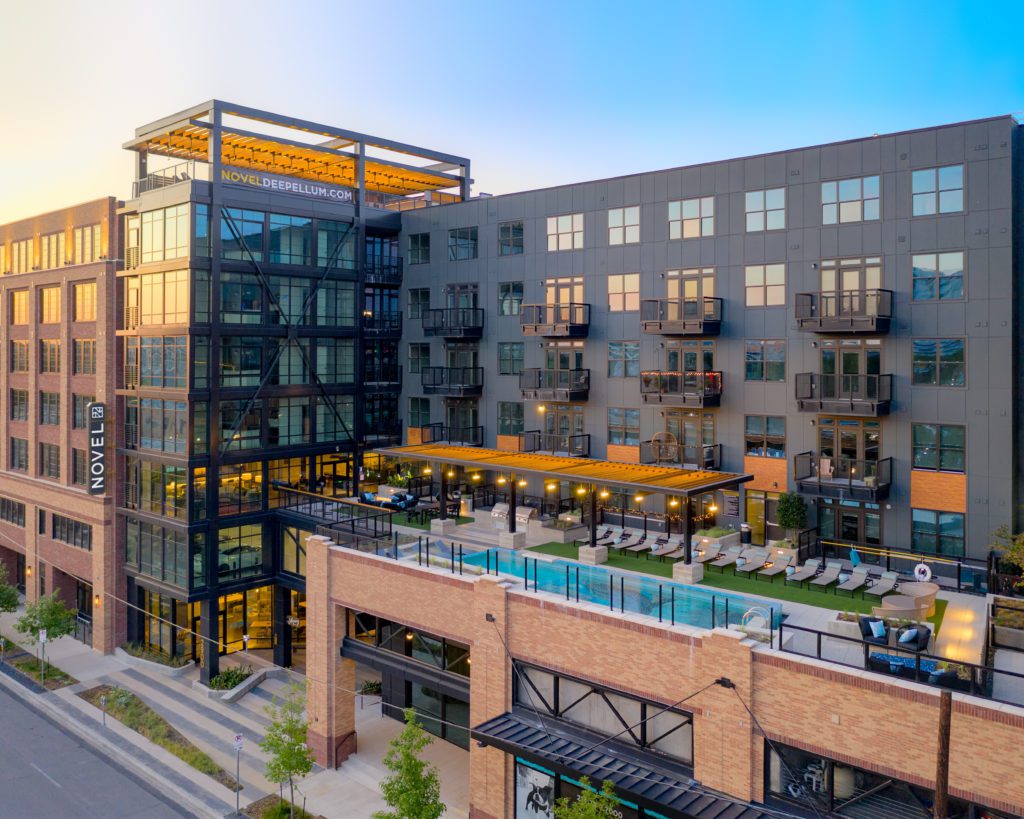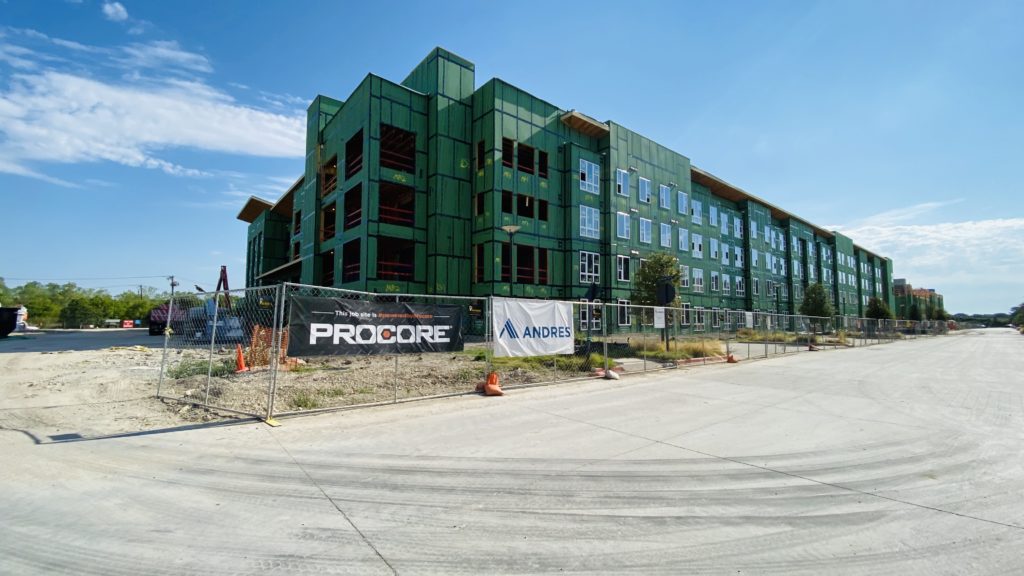Over the last two decades, Procore has been at the forefront of construction’s technological transformation. Over that time, more than 1 million projects and more than $1 trillion in construction volume have run on Procore’s platform.
To mark its 20th anniversary, Procore wanted to celebrate its customers and share some of the highlights of their journeys with Procore. This article is the first in a series of customer stories that Jobsite will feature throughout the year.
In 1991, Gil Andres founded ANDRES Construction to better serve the growing construction market in his home state of Texas. The company’s initial focus was primarily private schools and churches. Its first project was the Cistercian Abbey in Irving, Texas, which sits on an 80-acre site and serves as the church for the monastery and school.
Today, the employee-owned company has since expanded its project types to encompass everything from high-rise multifamily projects to office complexes to sleek, ultra-modern hotels. The Dallas-based firm boasts numerous $100 million-plus projects in its portfolio.

Turning Manual Processes into Digital
John Andres, Operations Technology Manager at ANDRES, is the grandson of founder Gil and son of President Warren Andres, and is responsible for identifying new technology solutions and implementing ones that advance the firm’s goals. He’s been using Procore since before there was a Procore app in Apple’s App Store (and he actually even remembers when it used to be ProCore).
Procore has allowed us to scale and take on more complex projects from what we were able to when using our old-school method. Having solid processes has allowed us to grow from our early days of schools and churches to high-rise multifamily, adaptive reuse, and hospitality projects,” said John.
He recalls a recent conversation about the old days, when handoffs required printing multiple copies of submittals, physically mailing them, waiting for the reviews, and putting the photocopies into binders. He says digitizing and streamlining these processes has been a real game changer.
Sometimes, I tell the guys they have it so easy now. The workflow on a submittal is a prime example of that. It automatically transfers it from person to person, everybody signs it, and at the end, we review it and send it out with the click of a button. Saving that much time 10–15 years ago just wasn’t normal in construction,” John said.
Taking Construction into the Future
A self-described “Apple nerd,” John said it was a revelatory moment for him when he got the first iPad upon its release in 2010 – the same year ANDRES became a Procore customer. He called his father from college and told him the company had to get construction site drawings on this miraculous new device. Within weeks, Warren was on the phone with Procore inquiring when there would be an app.
The lack of a Procore app at the time didn’t stop ANDRES Construction from rolling out iPads to field teams, although it was a somewhat convoluted process getting PDF files of site drawings on the iPad, which still required manual organization and updating.
“I remember we showed Procore that we had gotten drawings on the iPad, and I think that’s when they were trying to get their iPad app going. They saw that contractors were already doing this on their own, so I think that’s when they really started pushing forward,” recalled John.
Of course, John also credits the iPhone and iPad with changing the game when it comes to capturing job site imagery, particularly when compared to the old days of digital cameras and flip-phones.
“Just think about how far we’ve come with that. This little thing has changed construction. We’re now able to take pictures and save them to our project on Procore, whereas before they would have been taken on a camera, and maybe never gotten from the SD card or saved to the computer.”

On the Cutting Edge
As construction technology has advanced, John said the company’s ability to stay current on tech trends has become a key part of its value proposition.
“I believe we’re one of the most cutting-edge contractors adopting technology today. It’s become how we differentiate ourselves in the market. Owners have come to expect the level of service we provide, and there’s no stepping backwards.”
Leave a Reply